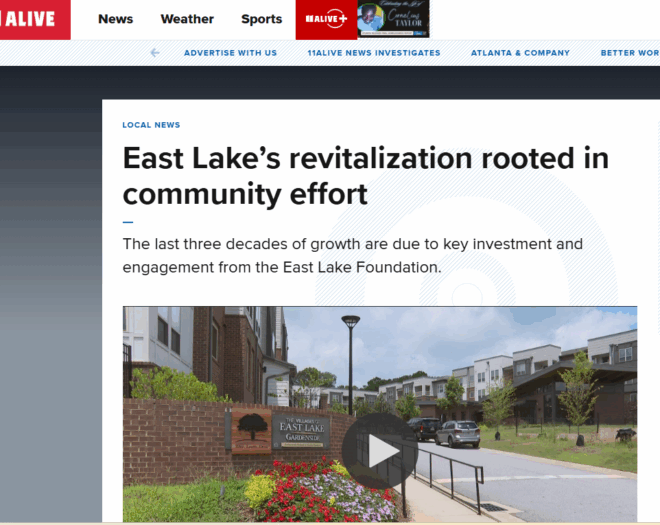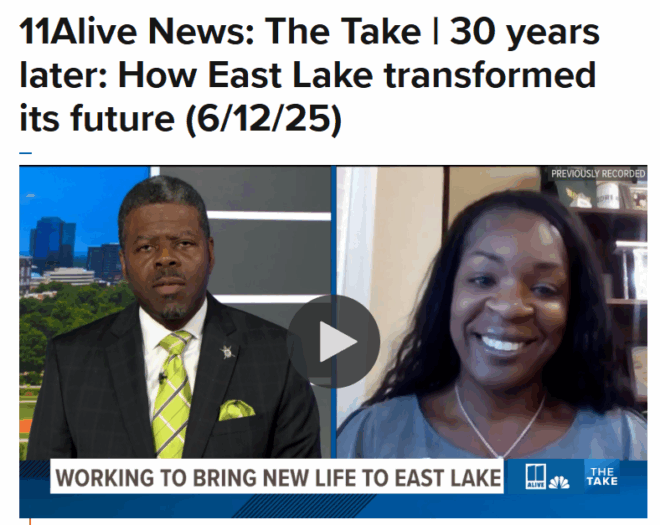When you’re dealing with a golf course steeped in prestige and tradition like East Lake Golf Club, even the most subtle of changes can raise an eyebrow. However, to add even more drama to the pressure-packed season-ending TOUR Championship, the PGA TOUR and East Lake Golf Club paid homage to history while providing a fresh update to one of the game’s most historic venues.
This year, East Lake has reversed its nines, shifting the course to offer up a new challenge for the world’s best golfers in 2016. The new challenge also presents new opportunity, as the closing five holes now offer the chance for more lead changes and excitement down the stretch.
The new closing stretch kicks off with the par four, 500-plus-yard 14th hole which has long been one of the most challenging holes on the course. That’s followed up with a peninsula green on the par three 15th that will require a steely demeanor and sure tee shot.
From there, players will be greeted with a final trio of holes that boast plenty of birdie opportunities, but also the risk of steep penalties for poor tee shots with a thick Bermuda rough that can completely swallow up errant shots.
“This year you’re going to have volatility; there’s just no way not to,” said Brandt Snedeker, the winner of the 2012 TOUR Championship. “You’ve got 15, somebody around the league will hit one in the water on Sunday. It’s just going to happen. It’s a tough hole. Somebody will make an eagle on Sunday or a birdie-birdie finish to finish up there, and that just wasn’t really possible with the old 17 and 18, which were so tough.
“That’s why it makes sense TV-wise, and to be honest with you, guys are all excited about it because we know we’ve got a chance come Sunday afternoon. Even from four back, we have a legitimate chance of winning the golf tournament.”
One of the most dramatic implications of the flip is how it impacts the final hole. Where the field used to have to close with a par three, which is quite unusual on most PGA TOUR layouts, now the players will have to confront a 600-yard par five.
The payoff should be remarkable, as No. 18 will revert from a hole that has yielded no eagles and only 153 birdies since 1998 to one that allowed 16 eagles and 700 birdies during the same stretch.
Count Jason Day, the world’s No. 1 player, as a fan of the new ending.
“It’s a little tough to force anything on a 240-yard par three, hitting 3 irons and 2 irons, and it’s very rare do you ever see a shot go smack bang right next to the hole under the circumstances,” Day said. “I think, finishing on a par five, I’m hoping what will happen is give us a little bit more fireworks at the end, and I’m hoping that we don’t play all the way back. I’m hoping that everyone can get to the green, be able to hit the green in two, and give it a good shot at either eagling or birdieing or something like that. Nobody likes a three-shot par five, especially at the finish. Hitting a wedge shot is very boring. Being able to hit a second shot on the green and make it more exciting like that or having the chance to hole an eagle putt is very exciting.”
Part of the new wrinkle of the new No. 18 is that it previously served as a springboard for many players heading into the back nine. Jordan Speith, for instance, made a birdie at the former No. 9 in the final round that ultimately put him firmly in control of the TOUR Championship.
“I made a really cool left-to-right slider for birdie, where I think I got a stroke on Henrik (Stenson) when he had the advantage on the hole and continued that into 10 and 11, with 11 being a dagger as well,” said Speith. “So it was a big momentum shift in the round. So I can look back at that as some good memories on what is now the 18th hole.”
Patrick Reed, one of the hottest players on the PGA TOUR as of late, said the change has fundamentally transformed East Lake.
“It feels like a completely different place, which is good to me,” Reed said. “I didn’t play that well the past couple of years. But 365 days in between events there’s a huge change, not only in yourself, but also an actual event.”




